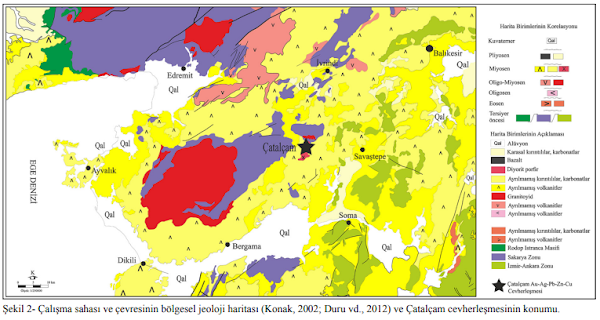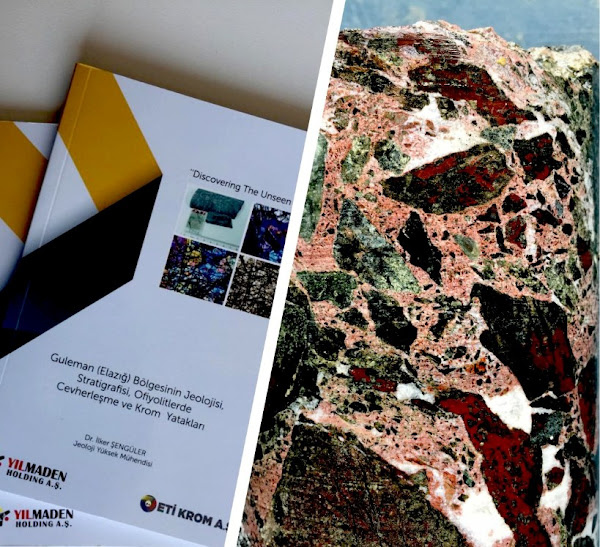RARE EARTH ELEMENTS (REEs)
The Rare Earth Elements (REEs), a group of 17 metals fundamental to modern technology, are indispensable in green energy applications such as wind turbines and electric vehicles, as well as in high-tech products like smartphones and computer hard drives. However, these critical materials now sit at the center of a global supply chain crisis. Geopolitical tensions and the geographically concentrated nature of REE resources threaten both their accessibility and sustainability. This situation not only poses risks to national security and economic stability but also represents a major obstacle to achieving global climate goals.
At the same time, the crisis has highlighted an equally urgent challenge: the management of electronic waste (e-waste), one of the fastest-growing waste streams in the world. Conventional REE extraction remains difficult due to low ore concentrations, severe environmental impacts, the generation of radioactive by-products, and persistent supply–demand imbalances.
Urban Mining: A Concentrated Source of Rare Earth Elements
Urban mining is a robust and sustainable alternative to conventional extraction methods. The process of recovering valuable metals and elements from end-of-life electronic devices addresses two critical challenges: reducing the burden of waste disposal and providing a new, high-grade source of rare earth supply.
The most critical scientific and economic factor that makes REE recovery from e-waste superior to traditional mining is the significantly higher concentration of these elements within the waste stream. In the context of REE-bearing minerals, the economically viable concentration of rare earth oxides (REOs) is typically in the range of hundreds to thousands of parts per million (ppm), often at the permille level. The low concentration of the ore necessitates the extraction, crushing and chemically intensive processing of enormous volumes of ore. This process is characterised by high costs and severe environmental externalities.
In contrast, the Neodymium–Iron–Boron (NdFeB) magnets used in hard disk drives (HDDs) are a remarkably concentrated source of critical REEs, particularly neodymium and dysprosium. Studies show that HDDs can contain up to 2,500 ppm of neodymium and 500 ppm of dysprosium, far exceeding concentrations found in natural ores. Similarly, fluorescent lamp phosphors are rich in yttrium and europium; end-of-life fluorescent lamps have been reported to contain up to 20,000 ppm of yttrium and 1,000 ppm of europium—up to 17 times the concentrations of REEs in natural deposits.
Driving Efficiency in the Recovery Process
These higher concentrations mean that the recovery process is both more efficient and less energy and chemical intensive. The target elements are already concentrated within specific, relatively small components (magnets, phosphors, circuit boards) of devices. This significantly reduces the volume of material that needs to be ground and chemically separated, in contrast to the large-scale crushing and concentration steps required in traditional mining methods. In the field of mineral ores, REEs exhibit a high degree of chemical similarity with numerous other elements, resulting in their intimate mixing and the necessity for complex, multi-stage solvent extraction processes for separation. Conversely, secondary production involves the mechanical or simple chemical separation of target components, enabling processors to work with a much more concentrated starting material. This process increases separation efficiency and purity. Moreover, secondary recovery helps address the mining industry’s “balance problem.” Primary extraction of high-value REEs like neodymium often results in excess production of lower-value elements such as lanthanum and cerium, distorting market dynamics. By targeting specific high-value REEs in e-waste, secondary production can mitigate this imbalance and stabilize supply chains.
Only 1–2 percent of REEs produced globally are recovered through recycling, despite the fact that up to $57 billion of valuable metals in e-waste are unrecovered annually. This huge untapped resource stream can significantly reduce reliance on primary production. Currently, the recycling and/or recovery of REEs is mostly limited to permanent magnets, NiMH batteries, and fluorescent lamps. Encouragingly, recycling technologies for these three categories are nearing maturity and have already moved to industrial scale in many developed countries, including Japan, the USA, the UK, and Germany. Japan is presently leading these efforts in rare earth metal recycling. However, widespread success hinges on developing better e-waste collection infrastructure, improving technological separation capacity, and implementing strong regulatory incentives. Electronic waste offers a resource that is superior in concentration to conventional mines, providing a critical opportunity to enhance supply security while simultaneously easing environmental burdens.
KAYNAK







Yorumlar
Yorum Gönder